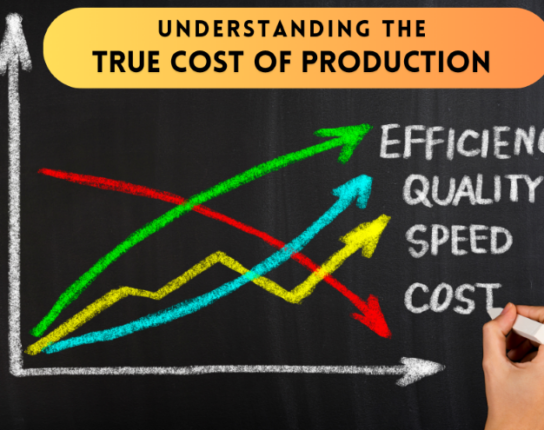Recently, there has been a strong movement in the perishable foods industry over “clean labels”. What began as nothing more than a fad has quickly been spreading across all food industries, but most notably in the perishable foods markets. The “clean label” trend – producing foods with easy to recognize and simple ingredient lists – picked up steam with the younger generations of consumers and is affecting what foods are being sold and which ones are being discontinued.
Now, more than ever, consumers are wary about what they are putting in their bodies. The clean label movement means that if a product cannot easily pacify an individual’s nutritional concerns, they will not continue buying the product. But, before we get into the benefits of changing the product labeling for your foods and beverages, we must first make sure you understand what exactly defines a clean label.
Anytime a label on a food product makes the claim of being “organic” or “all-natural” it will have the backing of the Food and Drug Administration (FDA) to support those claims. Unfortunately, there is not the same backing for a “clean label”, and is instead left to certain guidelines. In this blog, we’ll help you understand how to transition your foods into having clean labels, and why it may have a positive impact on your business.
Easy to Understand
One of the more important aspects of the clean label trend is easier to recognize and understand product ingredient lists. Before, when you picked up an item at the store, the ingredient list was typically long, with many complicated-sounding ingredients. However, the pendulum seems to be swinging the other way now. Consumer expectations – most notably from the younger generations – are becoming much more conscious of ingredients or synthetic chemicals. When they pick up a product, they want to be able to glance over the ingredient list and easily recognize what makes up the product. Another new idea coming from this is a scannable QR code. A consumer can scan this code with his or her smartphone and get all the product information they need. Easy access to product information is a really great way to build consumers’ trust – and having that access easily available at their fingertips means you’ve invested in product ingredient transparency.
Honesty
With consumers being much more health-conscious than in the past, they feel they have the right to have the food manufacturers be transparent about what’s going into making the food. This is also helpful when it comes from a legal perspective. Oftentimes, companies would try to play off artificial ingredients or synthetic ingredients as being more healthy and wholesome than they really were. As the trend towards natural ingredients becomes more popular, companies tended to throw that on a label, even if it was not exactly the truth. By being transparent and open about what goes into a product, a business owner can gain the trust of his or her consumers that he or she is not trying to trick them into something they do not actually want.
Less of the Bad Ingredients
With the rise of healthy food movements and the clean label trend, processed foods with additives, preservatives, and unhealthy ingredients are taking a major backseat. Because consumers often want to have as much information as possible when it comes to purchasing their food, organic foods and “free-from” products – gluten-free, dairy-free, etc. – have become much more popular and perishable foods business owners need to put those products at the forefront of their priorities. If a consumer looks at a food label and sees any artificial dyes, added sugars, or MSG, that product is going right back on the shelf where it will stay until you get rid of it. When a consumer looks at a label, he or she only wants to see “organic” or some type of “free-from” claim.
Emotional Connections
Going hand-in-hand with the rise in interest of organic, locally-grown products have also been receiving preferential treatment over other, “Big Brand” products. Clean labels have the ability to create a kind of emotional connection with the consumer and can have an impact on what’s being purchased. When a consumer looks at the label and sees that some of the ingredients were provided by a local business, he or she is more likely to buy it as a sign of supporting the local economy. If a consumer is faced with two products, with one of them highlighting a local farm that contributed to the production of the food, odds are the consumer will often choose the locally-made product.
As we have stated before, in order to have a successful perishable foods business, you must stay on top of new trends and developments in the industry. The quickest way to fall behind and out of business is to fail to predict and adapt. Sometimes, those trends are not just in how the food is made, but also in how it is conveyed. Clean labels allow you to be more transparent, make more emotional connections with the consumer, and stay above the competition by being the go-to spot for the health-conscious consumer.
Interested in learning more about Harvest Food Solutions and how we can help your bakery business? Give us a call to see a demo of our perishable foods software and how it can make an impact on your business.










